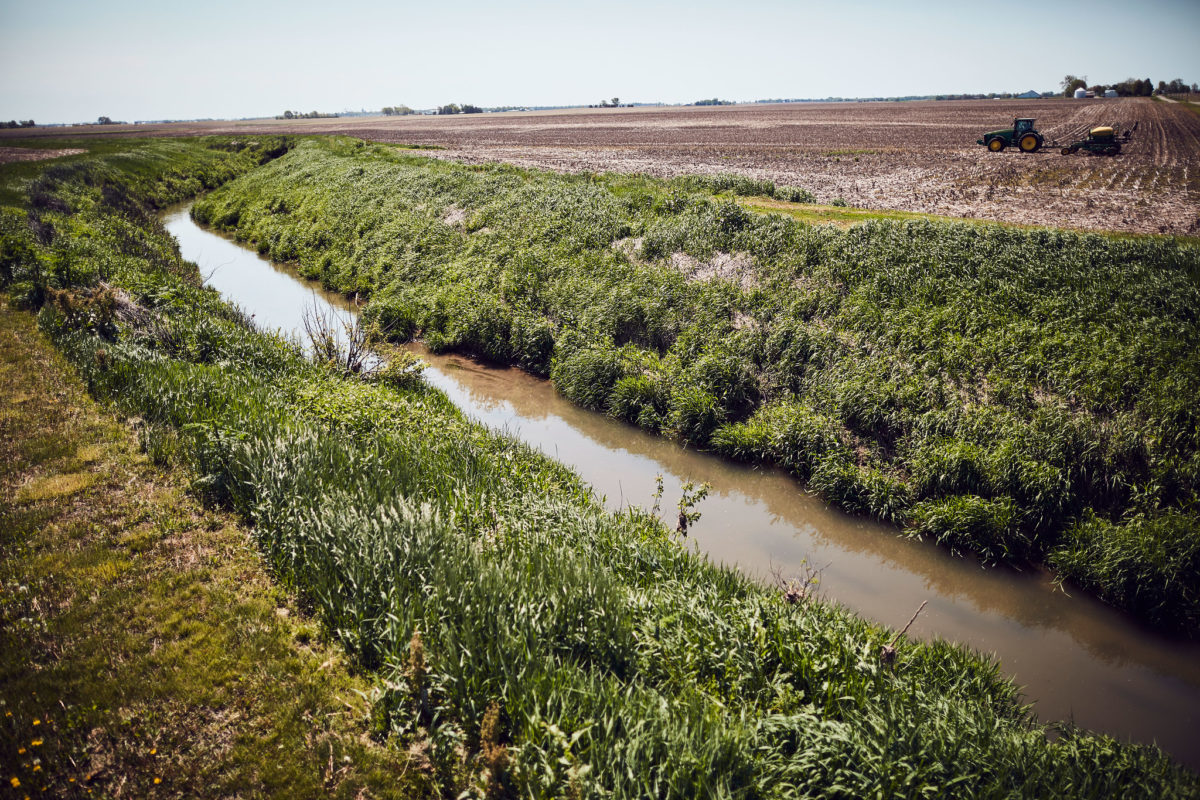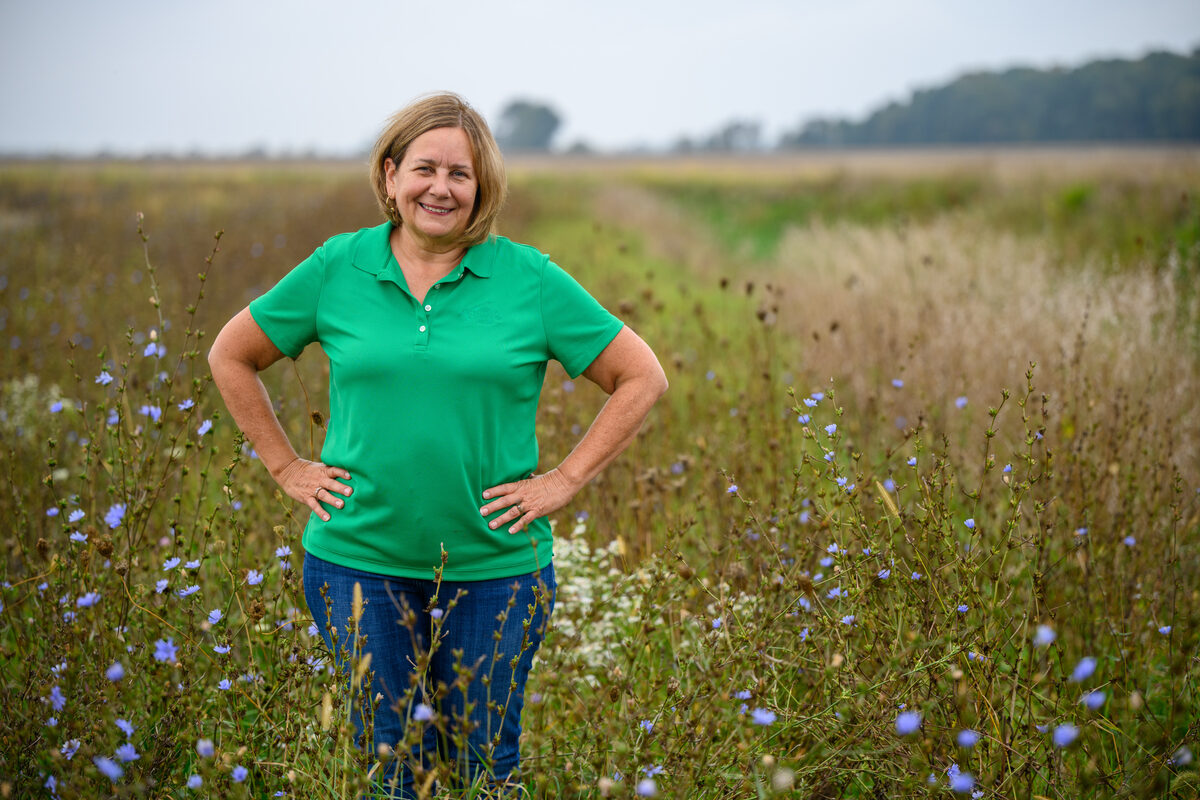Farmer Highlights: Why Selling Carbon Credits from Soil Sequestration Is Good for Everyone

Carbon may be invisible in farmers’ everyday lives, but it’s never out of mind.
Marty Matlock, Ph.D., recently shared his thoughts on carbon markets with the U.S. Soybean Export Council and the American Soybean Association. Catch the highlights below.
- To reduce the risk of climate change to manageable levels, all industries around the world will need to come together and reduce annual greenhouse gas emissions by half.
- U.S. agriculture is committed to being part of the global climate solution.
- Soybean producers in the U.S. are well-positioned to participate in carbon markets. Modern agricultural practices — especially in soybean production — are increasing carbon sequestration in the soil and decreasing GHG emissions from crop production overall.
- New investments and inquiries into carbon markets provide opportunities for farmers to make changes in their operations while getting compensated for those changes.
- If farmers embrace these opportunities, they will have healthier soil and better technologies to successfully address the challenges ahead.
In an effort to help U.S. farmers maintain and increase their sustainability, the soy checkoff is supporting on-farm pilot programs across the soy and Corn Belt, led by the Ecosystem Services Market Consortium. This program helps farmers receive financial benefits for their sustainable agricultural practices which help improve soil health, sequester carbon in the soil and reduce nutrient runoff from fields.
The program’s goal is to enroll 50,000 corn and soybean acres over the next three years.
Read Matlock’s full editorial here.



